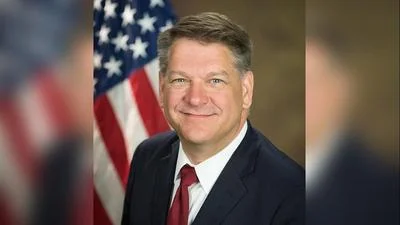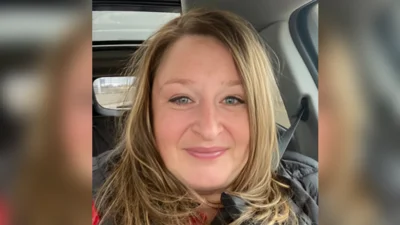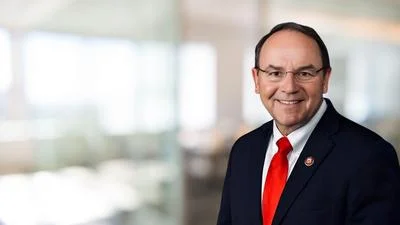Sen. Tammy Baldwin | Tammy Baldwin Official Website
Sen. Tammy Baldwin | Tammy Baldwin Official Website
EPA announces Infrastructure Law funding to address brownfields
MILWAUKEE, WI – On May 25, U.S. Senator Tammy Baldwin (D-WI) joined Environmental Protection Agency (EPA) Secretary Michael Regan to announce that communities across Wisconsin are receiving $9.5 million from the Baldwin-supported Infrastructure Investment and Jobs Act to expedite the assessment and cleanup of brownfield sites, former industrial sites where legacy pollution has hindered future use and poses environmental risks. Senator Baldwin and EPA Administrator Regan made the announcement in Milwaukee at one of the sites that is receiving funding to clean up a former industrial property.
“I voted for the Bipartisan Infrastructure Law to fix our nation’s infrastructure, create good paying jobs, and build a cleaner, safer, and more resilient environment for the next generation. This funding will allow communities across Wisconsin to address legacy pollution that prevents these sites from being redeveloped into affordable housing, new businesses, or green spaces,” said Senator Baldwin. “By cleaning up legacy pollution, we can attract businesses to invest in and develop these sites, increase the tax base for cities like Milwaukee, spur job creation, and revitalize our neighborhoods.”
“We’re working across the country to revitalize what were once dangerous and polluted sites in overburdened communities into more sustainable and environmentally just places that serve as community assets. Thanks to President Biden’s historic investments in America, we’re moving further and faster than ever before to clean up contaminated sites, spur economic redevelopment, and deliver relief that so many communities have been waiting for,” said EPA Administrator Michael S. Regan. “This critical wave of investments is the largest in Brownfields history and will accelerate our work to protect the people and the planet by transforming what was once blight into might.”
Under this investment from the Bipartisan Infrastructure Law, communities across Wisconsin are set to receive funding totaling nearly $10 million through the Multipurpose, Assessment, Revolving Loan Fund, and Cleanup (MARC) Grant Program, which may be used to address sites contaminated by hazardous substances, pollutants, or contaminants. Wisconsin recipients include:
Redevelopment Authority of the City of Milwaukee, WI:
- $500,000 Assessment Grant – Grant funds will be used to prepare five cleanup plans and conduct community outreach activities in the 25 census tracts that make up the 30th Street Industrial Corridor.
- $2,000,000 Cleanup Grant – Grant funds will be used to clean up a former industrial property at 3940 North 35th Street.
- $3,000,000 Revolving Loan Fund Supplemental Funding – The grant funding will extend the capacity of the program to provide funding for more cleanups in the most underserved areas in the City of Milwaukee.
Community Development Authority of the City of Manitowoc, WI: $500,000 Cleanup Grant – Grant funds will be used to clean up the River Point District.
Green Bay Redevelopment Authority, WI: $1,000,000 Cleanup Grant.
Green Bay, WI: $500,000 Assessment Grant.
Sheboygan County, WI: $500,000 Assessment Grant.
Eau Claire, WI: $500,000 Assessment Grant.
The Baldwin-supported Bipartisan Infrastructure Law will invest $1.5 billion into the EPA’s Brownfields Program to address the economic, social, and environmental challenges caused by brownfields and stimulate economic opportunity, and environmental revitalization in historically overburdened communities. As brownfield sites are transformed into community assets, they attract jobs, promote economic revitalization and transform communities into sustainable and environmentally just places. Approximately 84 percent of the MARC program applications selected to receive funding proposed to work in areas that include historically underserved communities.
For more information on today’s announcement, click here.
Original source can be found here.






 Alerts Sign-up
Alerts Sign-up